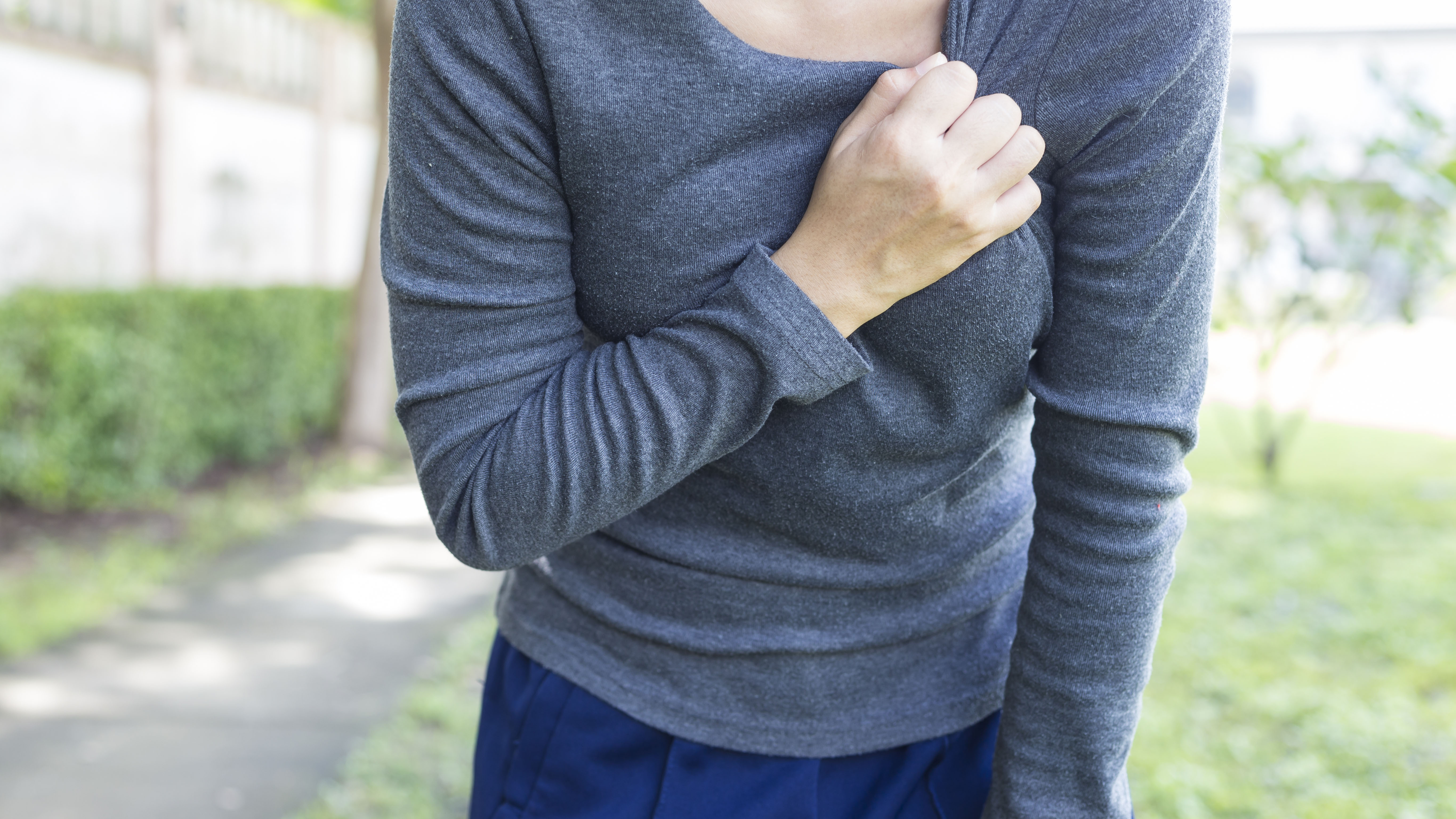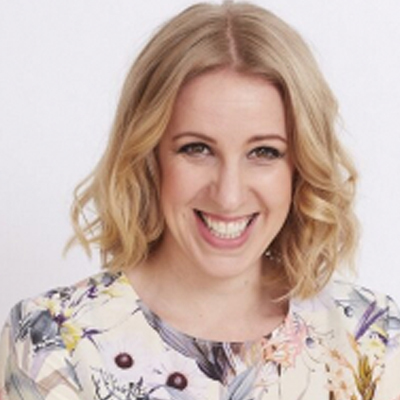What is jogger’s nipple and how can you avoid it?
What is jogger’s nipple and how can you avoid it? We speak to fitness and PT experts about how to prevent painful chafing during exercise

What is jogger’s nipple? This may sound like the start of a cheesy joke, but it’s actually a painful condition that is the result of chafing of one or both nipples. It can happen to men and women during exercise, usually on a long-distance run where there is prolonged friction between the nipples and clothing.
For women, choosing the best sports bras for running can help, while there are other tricks you can try in order to avoid it – which we’ll reveal more about in this article.
What is jogger’s nipple?
“Jogger’s nipple is chafing that happens when the nipple or nipples rub repeatedly against a bra or clothing,” says sports physiotherapist and triathlete Claire Fitzpatrick from Fitz & Physio.

“This repeated friction causes painful chafing that can be sore. It affects men and women and really hurts! Some nipples are more sensitive and therefore more prone to it. Jogger’s nipple can happen all times of the year. In winter the cold may make nipples more erect, which makes the condition more likely to occur, and in summer the extra sweating from the heat can also make matters worse,” she says.
“Prevention is important, and is much easier than the cure,” says Fitzpatrick, who specializes in pelvic health and helping postpartum mums return to high-impact sports, including running.
What causes it?
While there are limited statistics on how common it is, a study published in Journal List found that 35.7% of people who ran 40+ miles a week experienced jogger’s nipple, while only 3.6% of those who ran 15 miles a week or less did.
Jogger’s nipple is caused by chafing and can occur with any sport. “It tends to be worse in endurance sports due the build up of sweat and friction on the nipple,” says Fitzpatrick. “Damp T-shirts that are heavy with water can then rub on the nipples.”
Get the world’s most fascinating discoveries delivered straight to your inbox.
How can jogger’s nipple be avoided?
“Prevention is important,” says Fitzpatrick. “If nipple chafing has occurred then I would advise to clean and dry the wounds.
“As with any open wound on the body, you have a greater chance of infections so it is advisable to keep the wound clean and dry. If bacteria enter the open sores on your nipples, the condition may get worse instead of better.”
Fitzpatrick recommends the following to avoid jogger’s nipple …
- Use a lubricant on your nipples. This helps reduce friction. Apply this before you set off for the run.
- Wear the right clothes: dry wicking tops help remove moisture away from the nipples. Avoid throwing water over yourself to cool down: this causes T-shirts to become heavy and drag on the nipple.
- Applying a plaster over the nipple, or sports taping the nipple is an option, but if there is hair around the nipple that can hurt.
- There's a myth that sports bras are bad for you, but a well-fitting sports bra will actually help with friction. The average female runner's breasts travel a staggering 3.77 miles in bounce when running the marathon! It is advisable to wear a good bra to prevent excess movement.
BraStop’s expert and bra fitter Katie Weir says: “The best way to avoid this is by wearing a professionally fitted sports bra – no boobs are too small for a bra fitting. Even a B cup has breast tissue, which will move when running and create chafing if not supported correctly.

“Wearing a great-fitting sports bra will reduce the movement of breast tissue, some by up to 83%, and therefore stop the breast from moving up and down. Breathability and comfort are also key when it comes to sports bras. Look for words such as CoolMax material, moisture wicking, Polygiene technology, non-compression design – all of these ensure they help to prevent the dreaded boob sweat, boob squishing and allow your breasts to be supported in comfort while you work out.”

Maddy Biddulph is a freelance health and fitness journalist with over 26 years of experience working for consumer media in the US and UK. As a Level 3 personal trainer and weight loss advisor she is used to trying out and reviewing the latest health and fitness products. At Maddy Biddulph Personal Training, she runs one-to-one and small group sessions, as well as group exercise classes. She specializes in mobility work with seniors and runs regular chair workouts in her hometown of Oxford.


